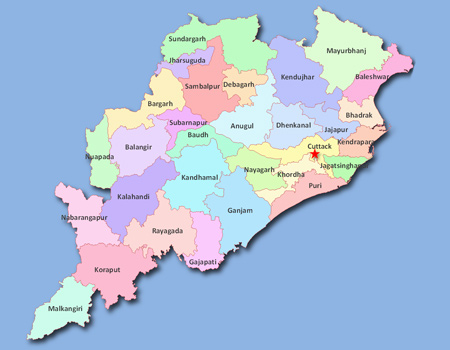Odisha is home to a vast and diverse tribal population, with each community having its own unique customs, traditions, and way of life. This article explores the six largest tribal groups in the state, sorted according to 2011 Census (latest available) – where each tribe boasted of a population over 5,00,000. While these figures offer a glimpse into the demographics from over a decade ago, many of these tribes have likely grown since, and others may now surpass the five lakh mark. This list is not just a look into largest tribal communities but also a doorway to understanding the dynamic and ever-evolving landscape of Odisha’s tribal heritage.
Kondh, Kandha, Kui, Khond, Kond
Kondhs or Kandhas are one of the largest tribal groups in Odisha, known for their rich cultural heritage, valorous martial traditions, and indigenous values centred on harmony with nature. Kandhamal district is named after the tribe.
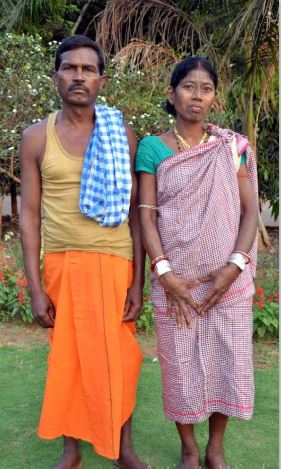
The term ‘Kandha’ is derived from the Telugu word Konda, meaning hill, reflecting the community’s origin as hill dwellers. While the ‘Desia Kondhs’ who reside in the plains, practice settled agriculture, the ‘Kutia Kondhs’ continue to engage in shifting agriculture. The ‘Dongria Kondhs’, known for their horticultural skills, are particularly renowned for cultivating turmeric.
For better administration in their villages, positions such as ‘Saanta’, ‘Mandala’, ‘Jani’, ‘Bisamajhi’ and ‘Barika’ exist. Their traditional governing body is led by leadership positions such as ‘Mandala’, ‘Majhi’ or ‘Patra’.
According to the 2011 census, the literacy rate among Kondhs was 46.95 per cent. With the spread of education, changes have started appearing within the community. In many places, traditional gathering spaces for youth (Dhangda-Dhangdi Basa) no longer exist. Music and dance performances during weddings and festivals have started incorporating modern elements.
The Kandhas are known as a warrior community. Leaders like Rendo Majhi played a significant role in India’s independence struggle. Poet Purnamasi Jani from this community was awarded the Padma Shri for her literary contributions.
As per Census 2011 data, the Kondh population is approximately 1,627,486 in the state.
Santal
The Santal community is another large tribal group in Odisha. According to the 2011 Census, their population is nearly 8,94,764, with a literacy rate of 55.57 per cent. They primarily reside in the districts of Mayurbhanj, Balasore, Keonjhar, Angul, Dhenkanal, Sundargarh and Jajpur.
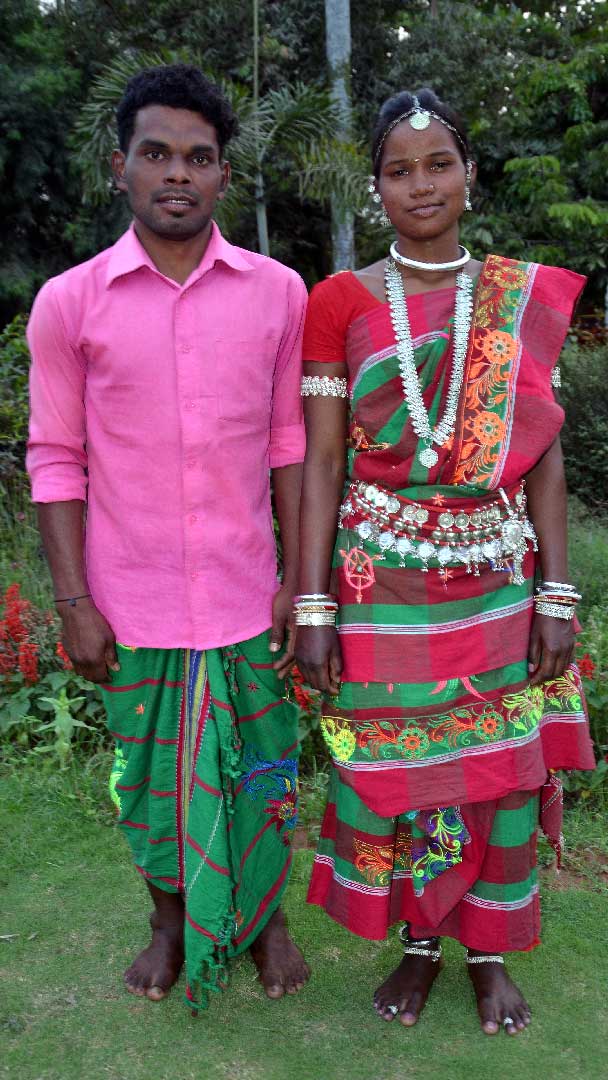
Their mother tongue is Santali, which belongs to the Austroasiatic language family. The Santali language is recognised in the Eighth Schedule of the Indian Constitution.
The Santals have their own script (Ol Chiki) and literary tradition. Historically, they have been advanced in administrative and political fields. Notable figures from the Santal community include personalities like President of India Droupadi Murmu, CAG Girish Chandra Murmu and author Damayanti Besra among others who have made significant contributions in various sectors, including politics and administration.
Gond, Gondo, Rajgond, Maria Gond, Dhur Gond
The Gond tribe, known by various names such as ‘Rajgond’, ‘Maria Gond’ and ‘Dhur Gond’ mainly resides in Nabarangpur, Bolangir, Sundargarh, Sambalpur and Kalahandi districts. Their mother tongue is ‘Gondi’, a Dravidian language, although some also speak Odia. Traditionally, the Gonds are an agricultural community, but those in forested areas rely heavily on forest produces for survival.
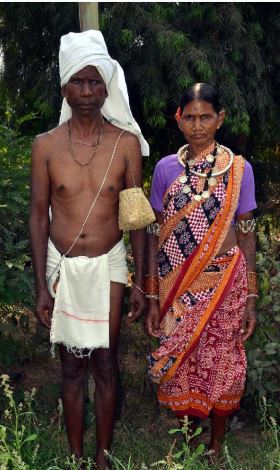
Their sacred worship places are called ‘Gudi.’ Festivals like ‘Chaita Paraba’ and ‘Baisakhi’ hold great significance in their culture. They consider themselves a warrior tribe.
According to the 2011 Census, the population of the Gond tribe is around 8,88,581, with a literacy rate of 59.65 per cent.
Kolha
The Kolha are a prominent tribe found in the districts of Mayurbhanj, Keonjhar and Balasore. They originally settled in the Kolhan region of the Singhbhum district, later migrating to Madhya Pradesh, Maharashtra and Odisha.
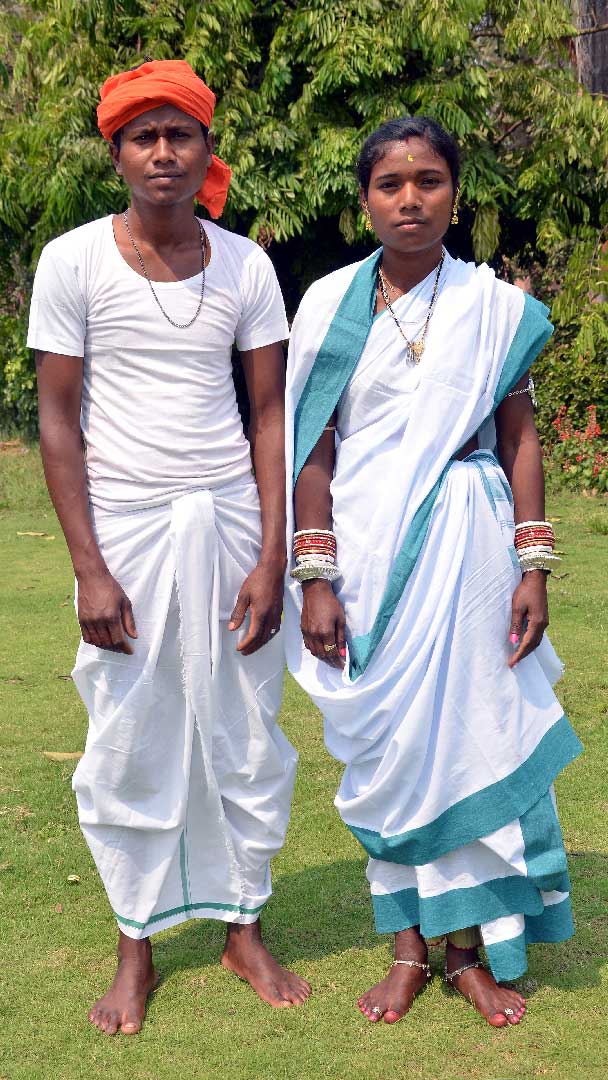
The Kolha community primarily engage in agriculture and work as daily labourers. They express their artistry through paintings of animals and plants on the walls of their homes. Music and dance play an important role in their festive celebrations, with women performing dances and men providing the rhythm by playing drums.
They worship deities such as ‘Sing Bonga’, ‘Nage Bonga’, ‘Marang Bonga’, ‘Basgeya Bonga’, ‘Barun Bonga’, ‘Nara Bonga’. These deities are worshipped through various ceremonies, with the priest known as the ‘Dehuri’.
The Kolhas have a village committee headed by a leader called the ‘Manik’. The main leader at the regional level is known as the ‘Sardar’.
The Kolha community has made its mark in various fields. Notable individuals include Padma Shri awardee prominent social worker Tulasi Munda and documentary filmmaker Lipika Singh Darai, among others.
According to the 2011 Census, the population of the Kolha tribe is around 6,25,009, with a literacy rate of 42.23 per cent.
Munda, Munda Lohara, Munda Mahalis
The Munda tribe resides in the districts of Sundargarh, Sambalpur, Keonjhar and Mayurbhanj in Odisha. They are known for their distinct language and cultural practices. They are sometimes referred to as ‘Hul’ in their local dialect. They share linguistic similarities with the Mundari tribe.
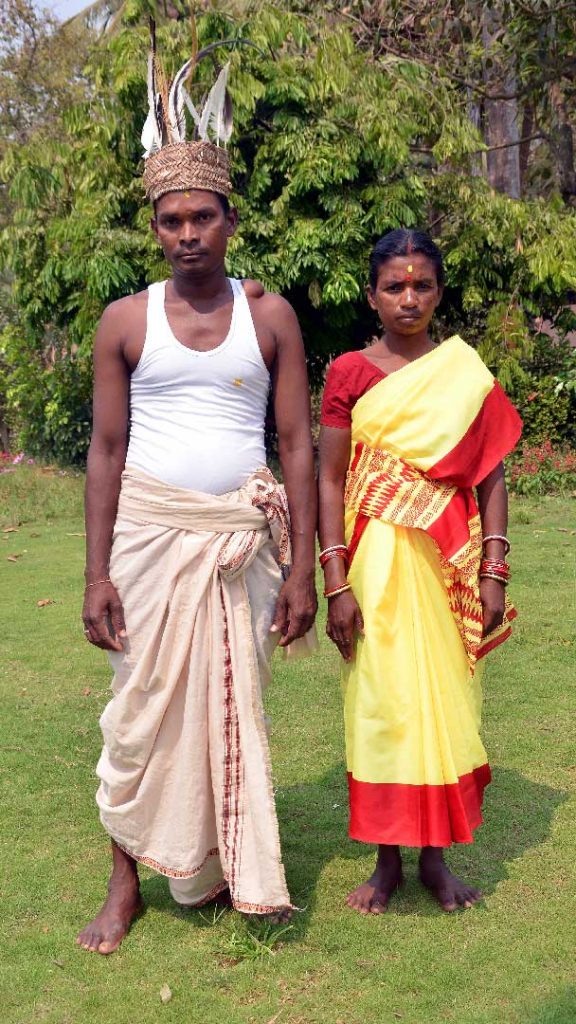
Munda communities are engaged in various occupations, including farming and traditional crafts. They worship a range of deities, including ‘Marang Bonga’, ‘Karam Bonga’ and others. Enriched with various types of trees, their religious places are primarily referred to as ‘Sarna’ or sacred groves. All rituals dedicated to these deities are performed by the village priest, known as the ‘Pahan’.
Munda community has their own language and script called as ‘Mundari Bani Hisira’. This was created by Rohidas Singh Nag and is specifically designed for the Mundari language, which belongs to the Austroasiatic language family.
According to the 2011 Census, the population of the Munda tribe is around 5,58,691, with a literacy rate of 54.92 per cent.
Shabara
The Shabaras are an ancient tribal group mentioned in historical texts. They are also known as ‘Sabara.’ They primarily inhabit the districts of Rayagada, Bolangir, Gajapati and Bargarh in Odisha, in hilly and forested regions. They have their own alphabet system, known as ‘Sorang Sompeng’, which was created by Mangei Gomango.
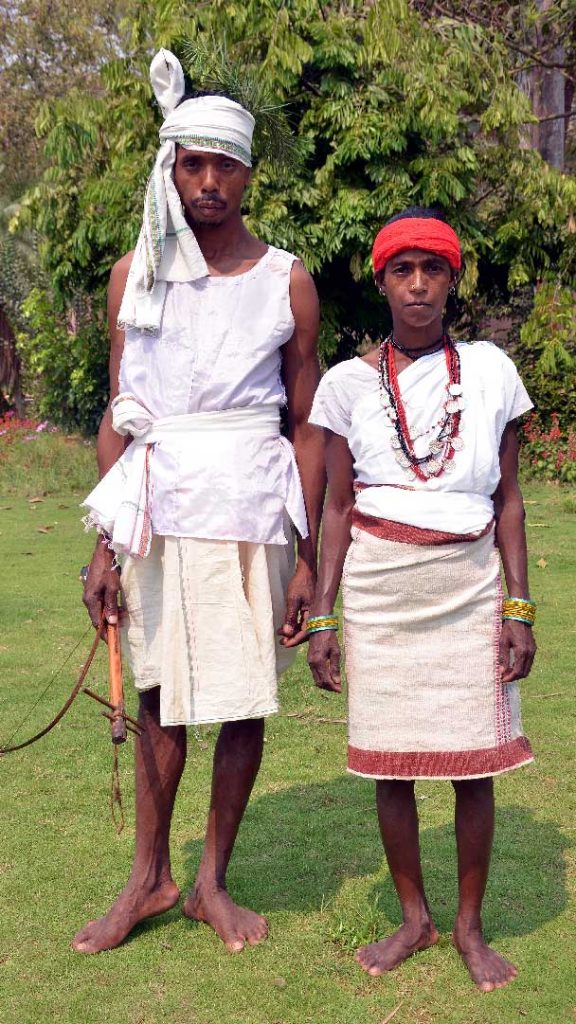
The Shabaras worship various forest deities and celebrate their festivals with traditional rituals. They place large stones in the village to honour deceased ancestors and perform rituals there. Their homes are built using traditional techniques. They believe in the presence of malevolent deities and take necessary measures to appease them.
Each village of Shabaras has a leader known as the ‘Gomango’. They also have assistants called ‘Buya’, who help with various functions. Their community life revolves around traditional festivals and practices. According to the 2011 Census, the Shabara population in the state is 5,34,751, with a literacy rate of 54.99 per cent.
PNN

